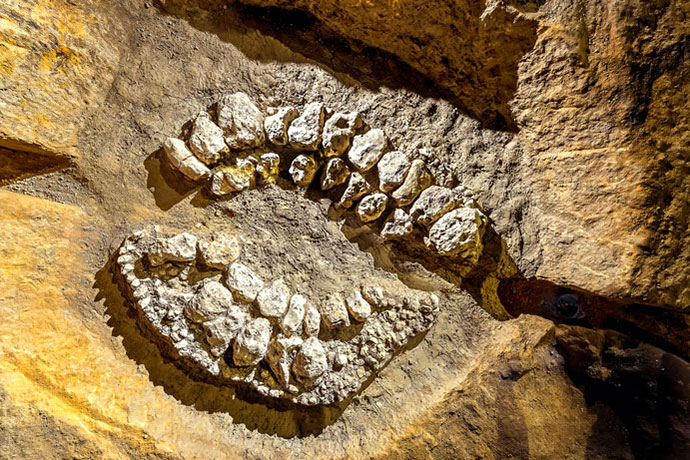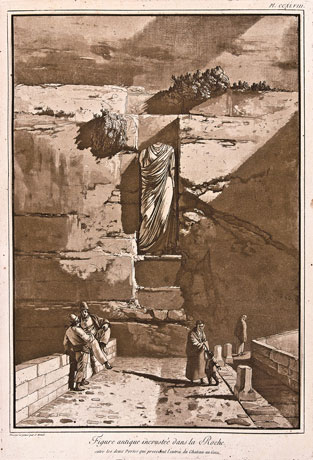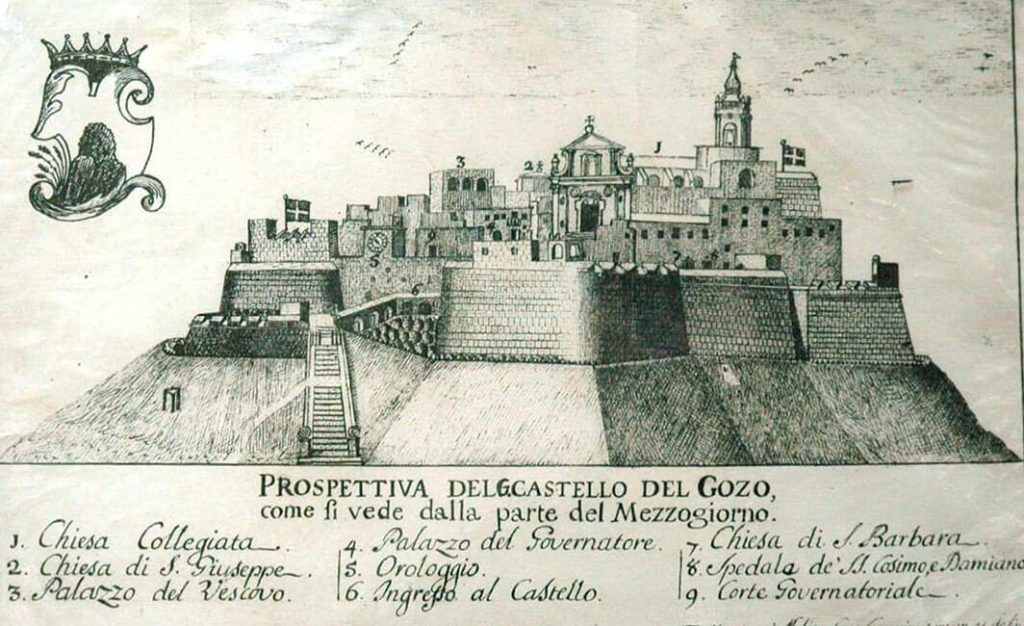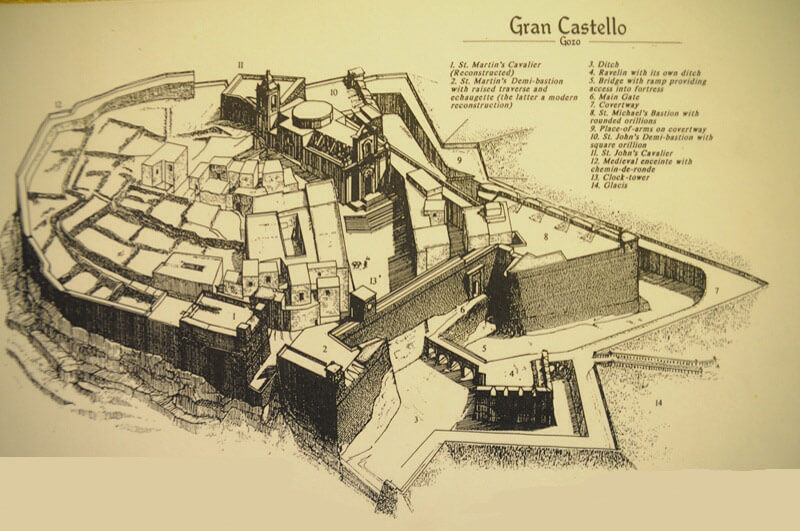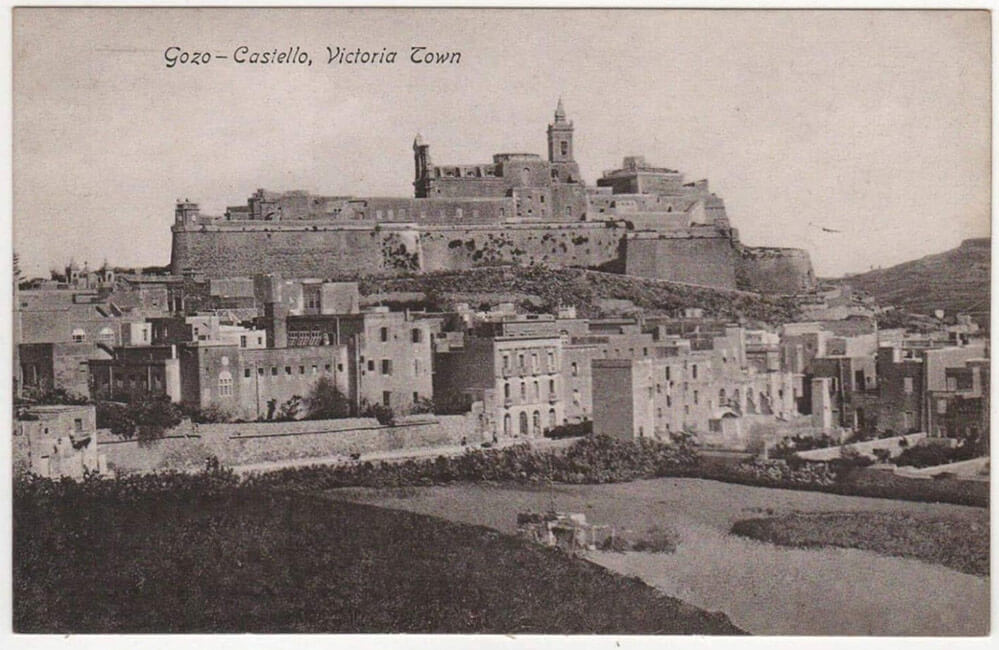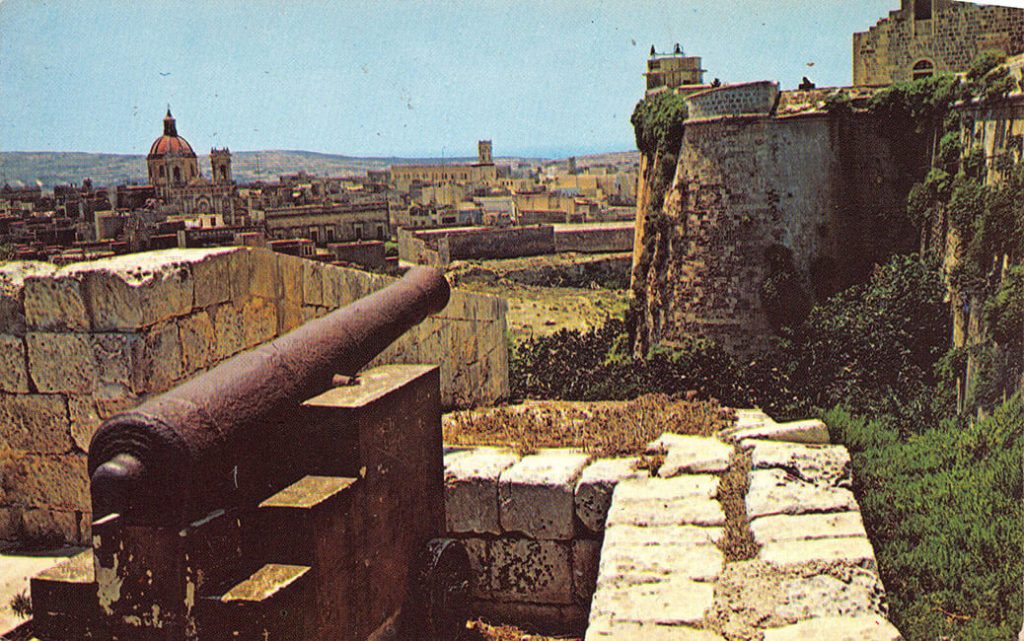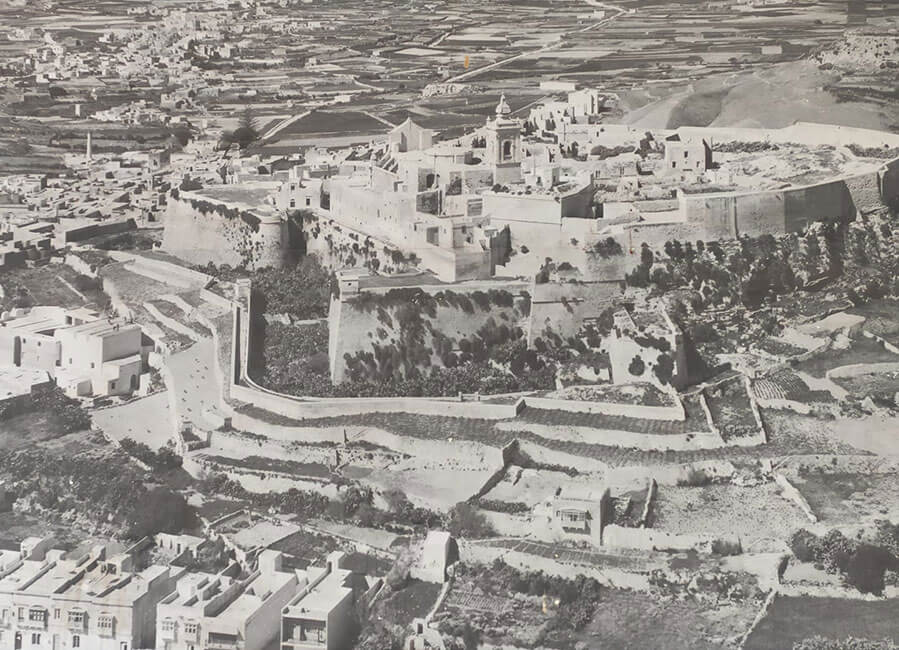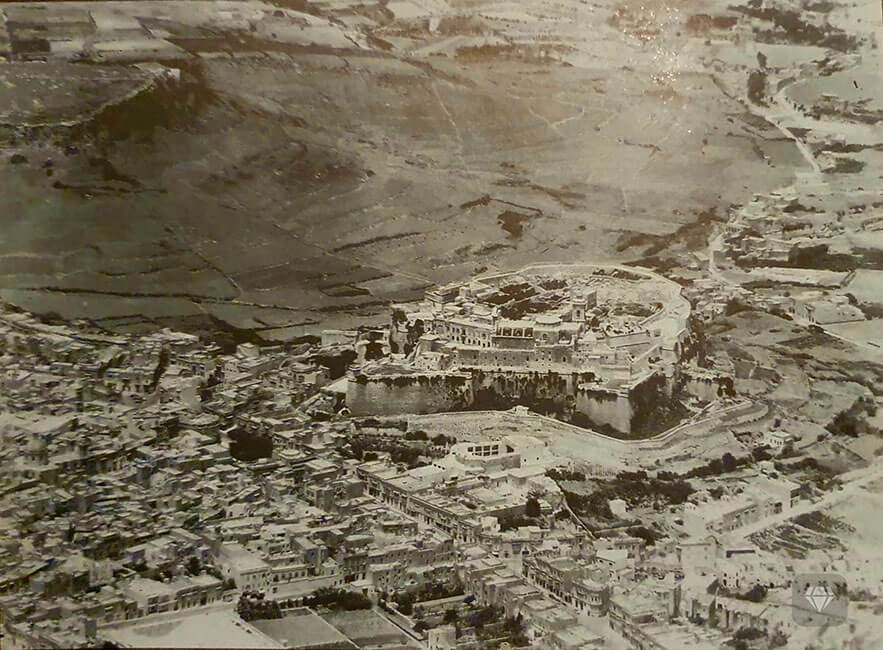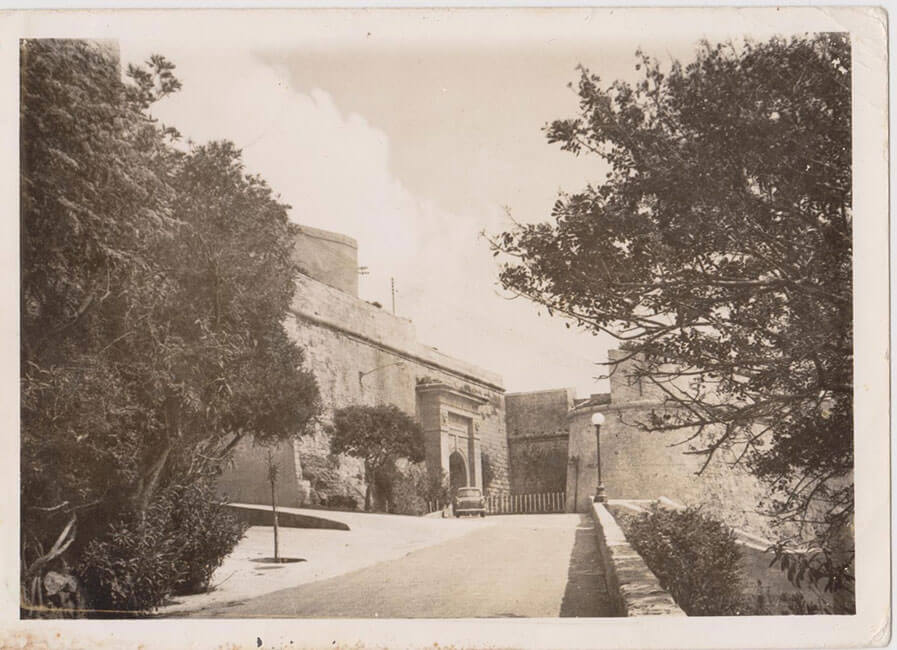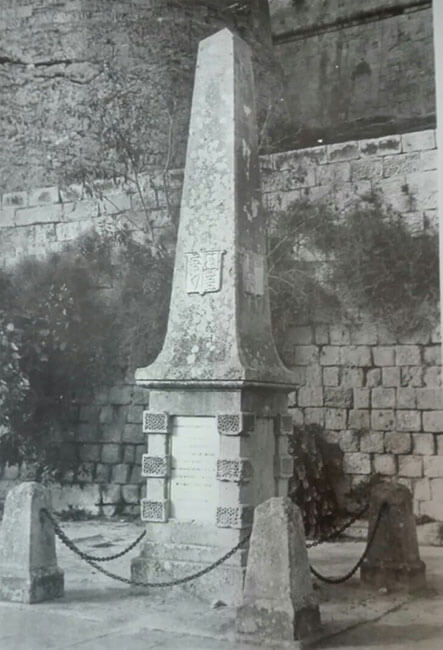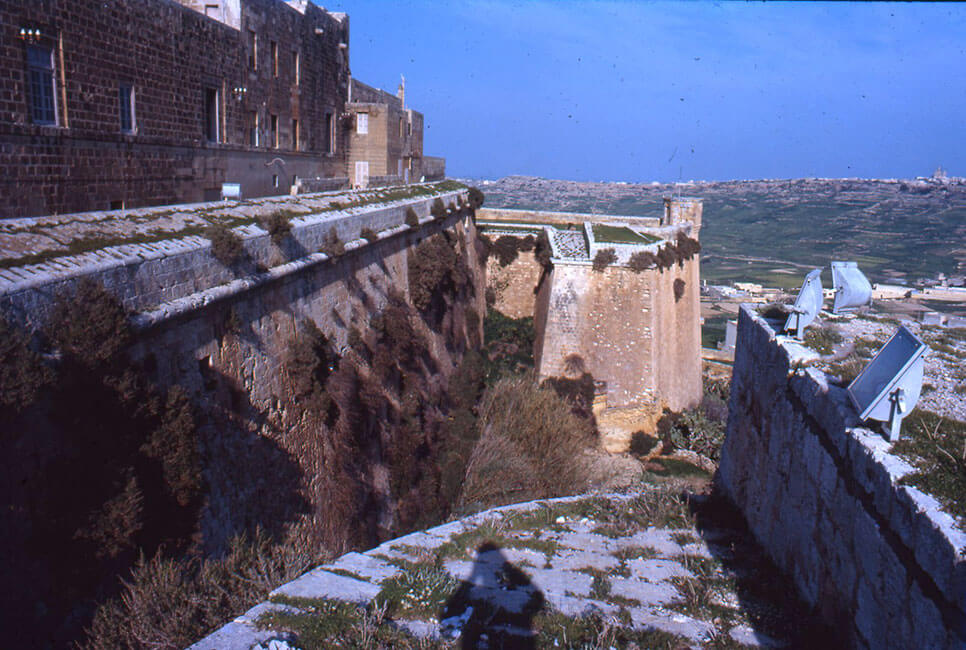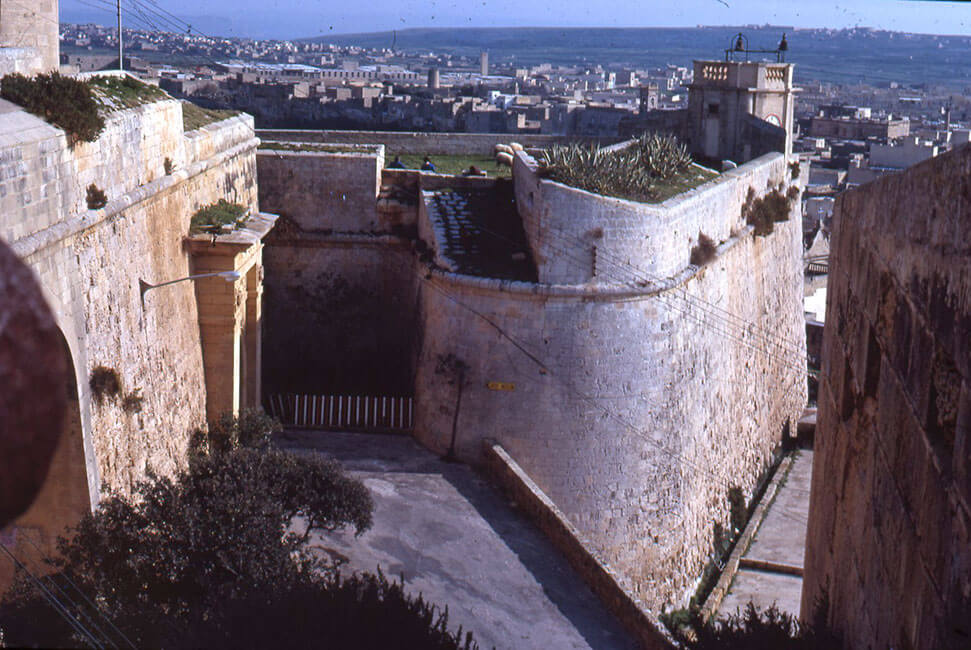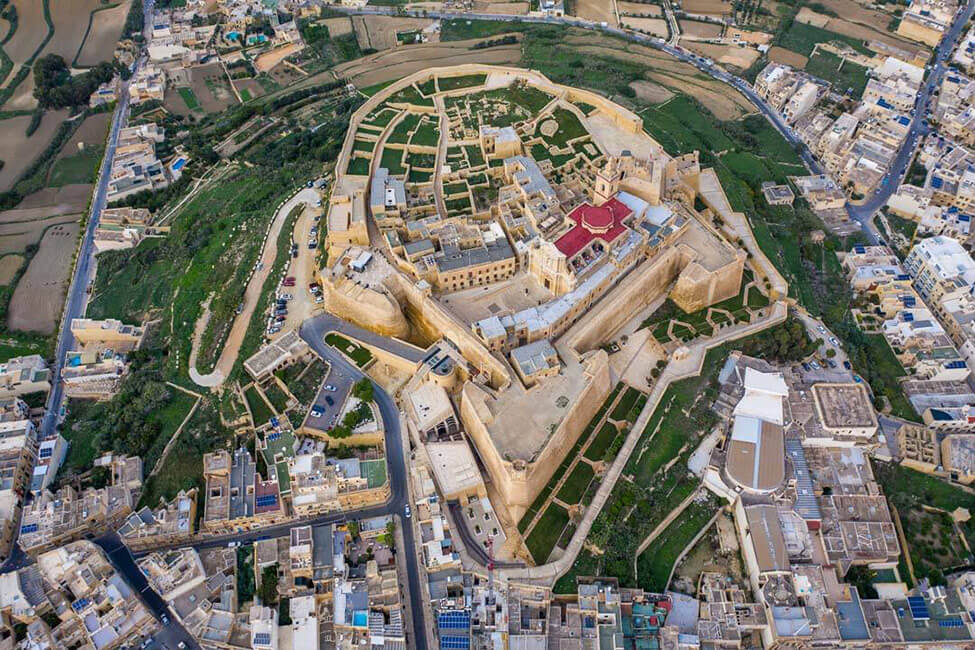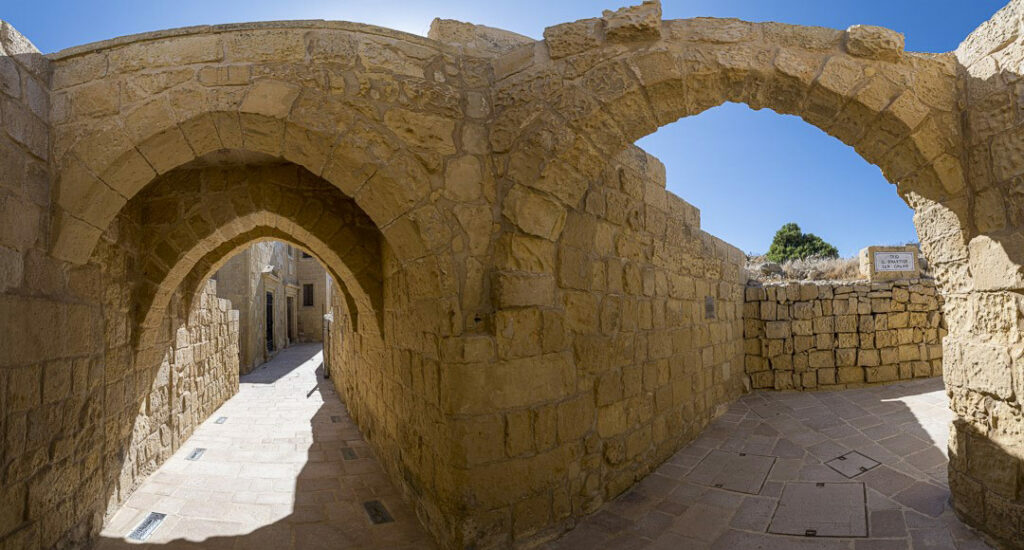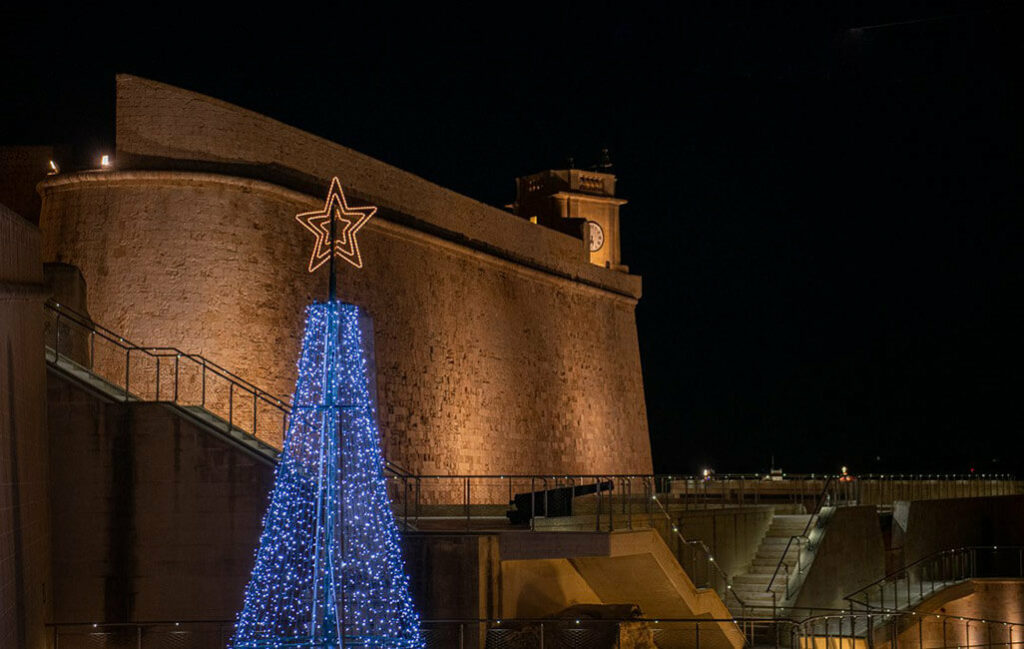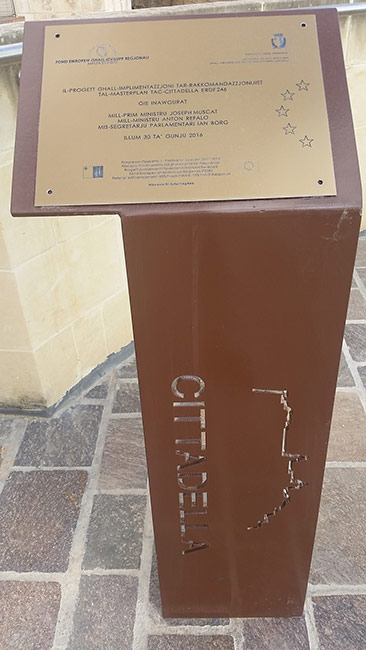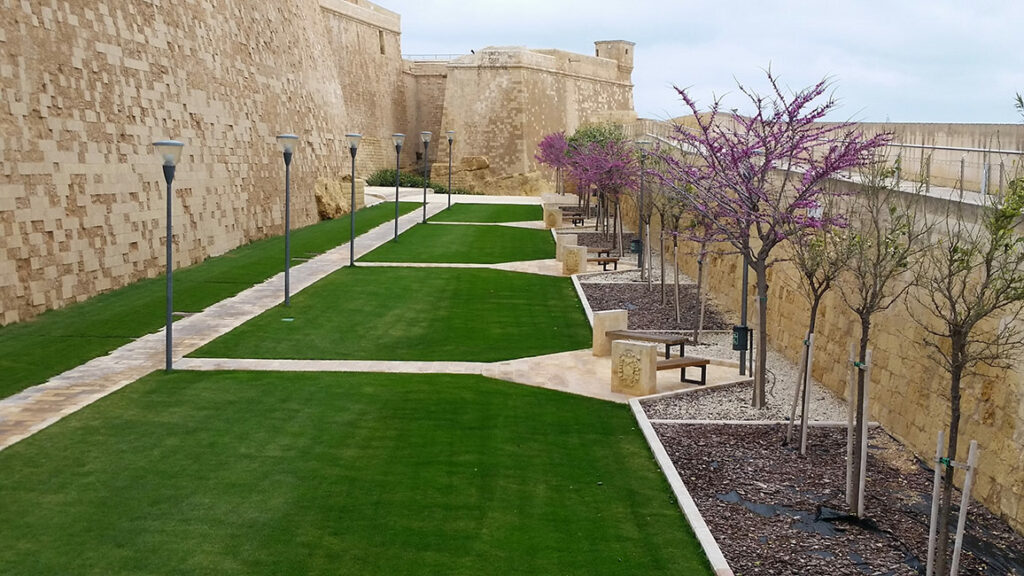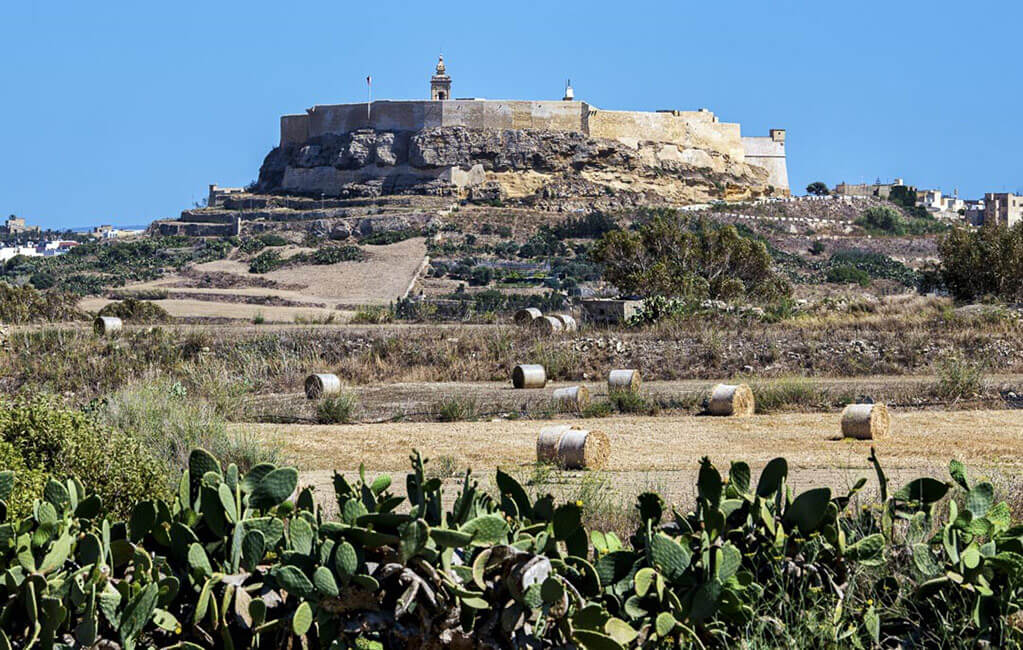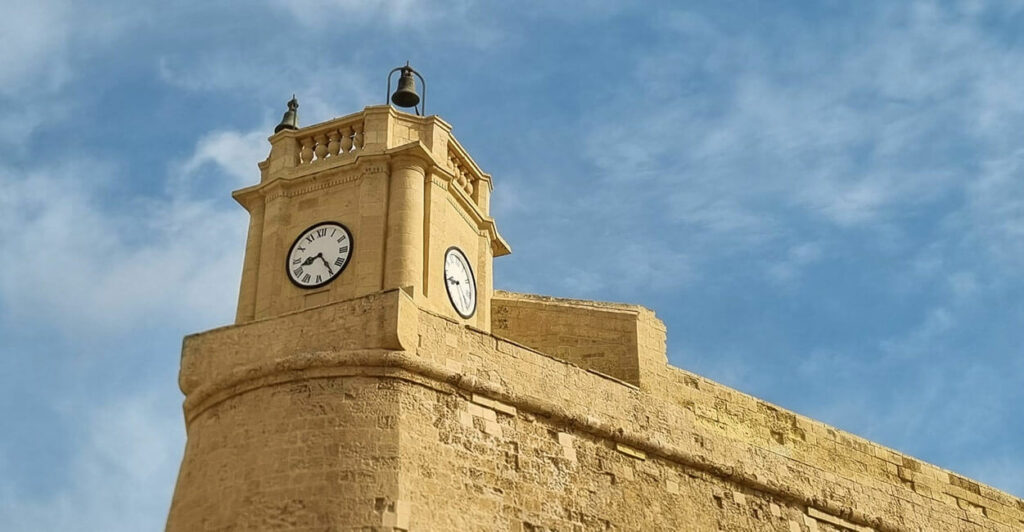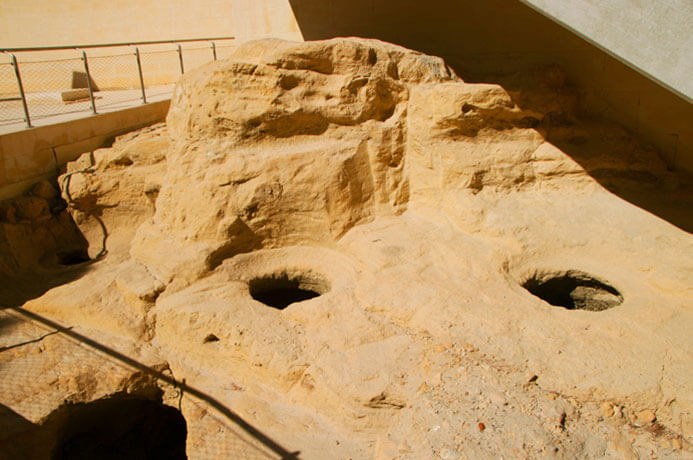
The Cittadella, also known as the Castello
is the main historic fortress of Gozo, built at a strategic vantage point just in the centre of the island. The importance of this fortress emanates from its historic role as the island’s central point of refuge and administrative and political centre, all of which date back to antiquity. Archaeological evidence shows that the site has possibly been inhabited since Late Neolithic times and certainly fortified during the Bronze Age Period. In Roman times, Gozo was elevated to a privileged municipality, and the fortified city was transformed into a complex acropolis serving as the centre of both the administrative and military activity as well as the religious life of the inhabitants of Gaulos.
During the Middle Ages, the acropolis was converted into a fortified castle which served as a refuge for the inhabitants during corsairs’ attacks. By the 16th Century, most of the castle’s defensive walls became obsolete, and a major reconstruction of the southern side was undertaken between 1599 and 1622. The delineation of the northern medieval walls was largely retained and integrated into the revamped military architecture, transforming the old modest Castello into an imposing gunpowder fortress.
From the past
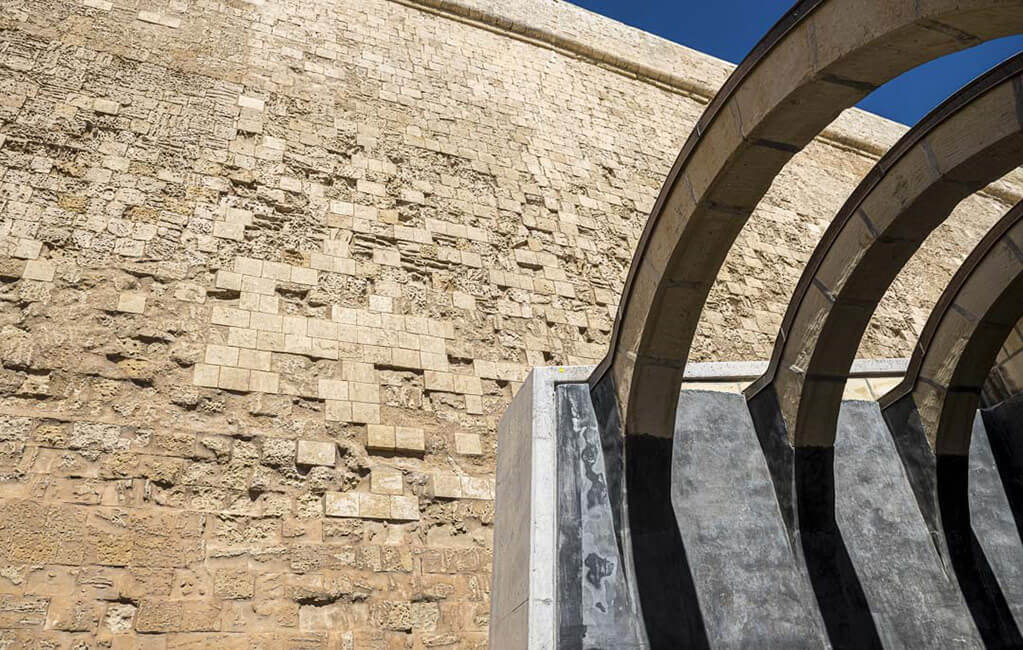

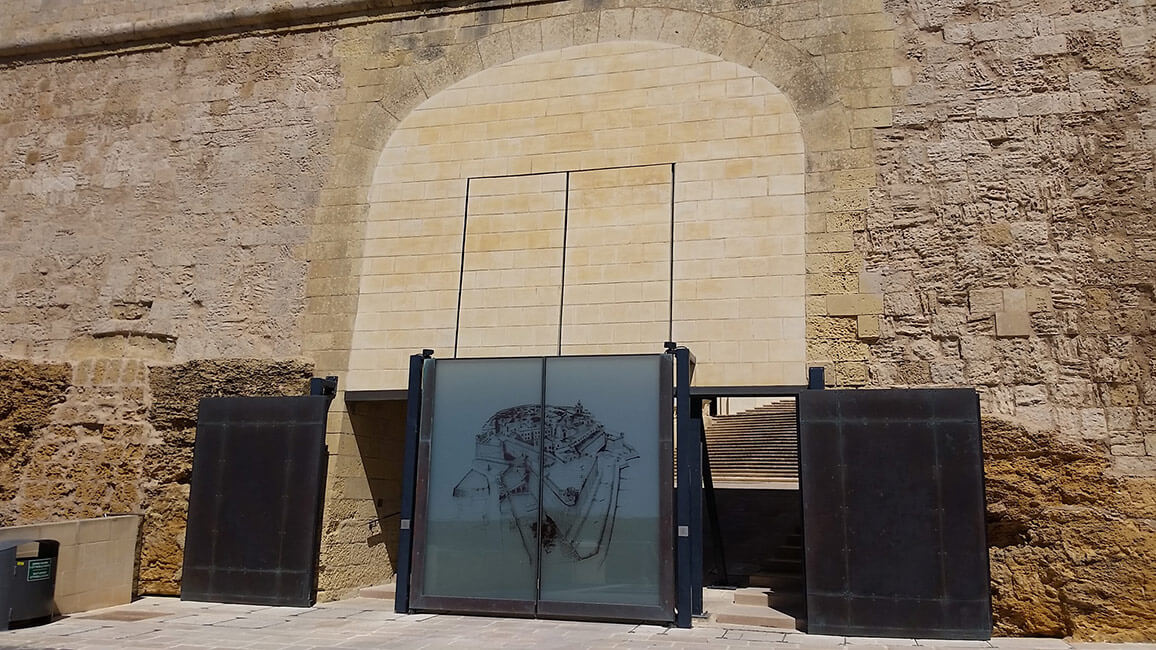
The present fortifications are a combination of an early seventeenth century bastioned enceinte ‘alla Italiana’ and the remains of earlier medieval walls. Cittadella’s bastioned enceinte was built from around 1600 to 1622, replacing the southern and most vulnerable section of an earlier medieval perimeter. The new ramparts were designed by the Italian military engineer Giovanni Rinaldini and consisted of a central bastion linked by curtains two demi-bastions and stiffened by two small cavaliers. Externally, the enceinte was enveloped by a low ditch, a covertway and a very steep glacis. With the exception of the glacis, all the original elements have survived largely intact, making the Cittadella one of the most complete and authentic early-seventeenth century bastioned fortification systems to be seen in the Maltese islands. Built largely of hardstone, the masonry fabric was nonetheless consumed through erosion and other pathological factors and required restoration, while the ditch was engulfed in rampant vegetation and the covertway and counterscarp badly damaged and consumed.
Today
the Cittadella houses various notable buildings and historic places, including the Cathedral of the Assumption, which was built between 1697 and 1711 on the site of the former medieval church.
The EU co-funded project for the implementation of the Cittadella Master plan recommendations ERDF 246, co-ordinated and inaugurated by the Ministry for Gozo on 30 June 2016. This was the result of two years and four months of extensive works on site during which no less than 21 tenders were drawn up, published, evaluated, awarded and executed. Extensive and very important archaeological discoveries were made during the execution of the project and all these finds were carefully recorded, preserved and presented as new attractions to the visitors.
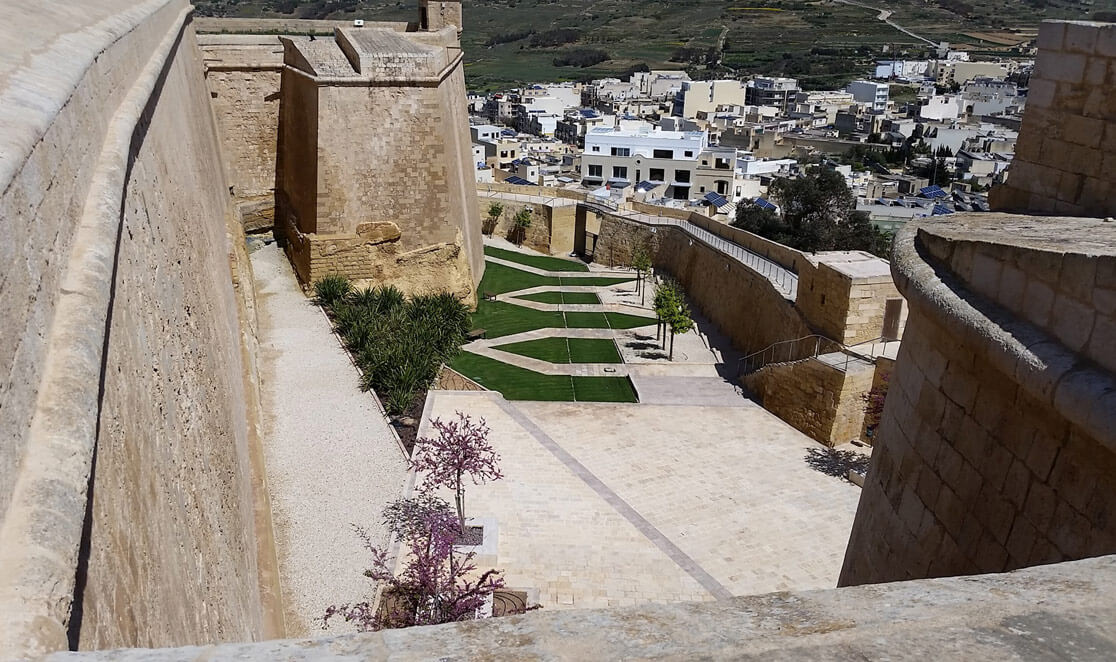
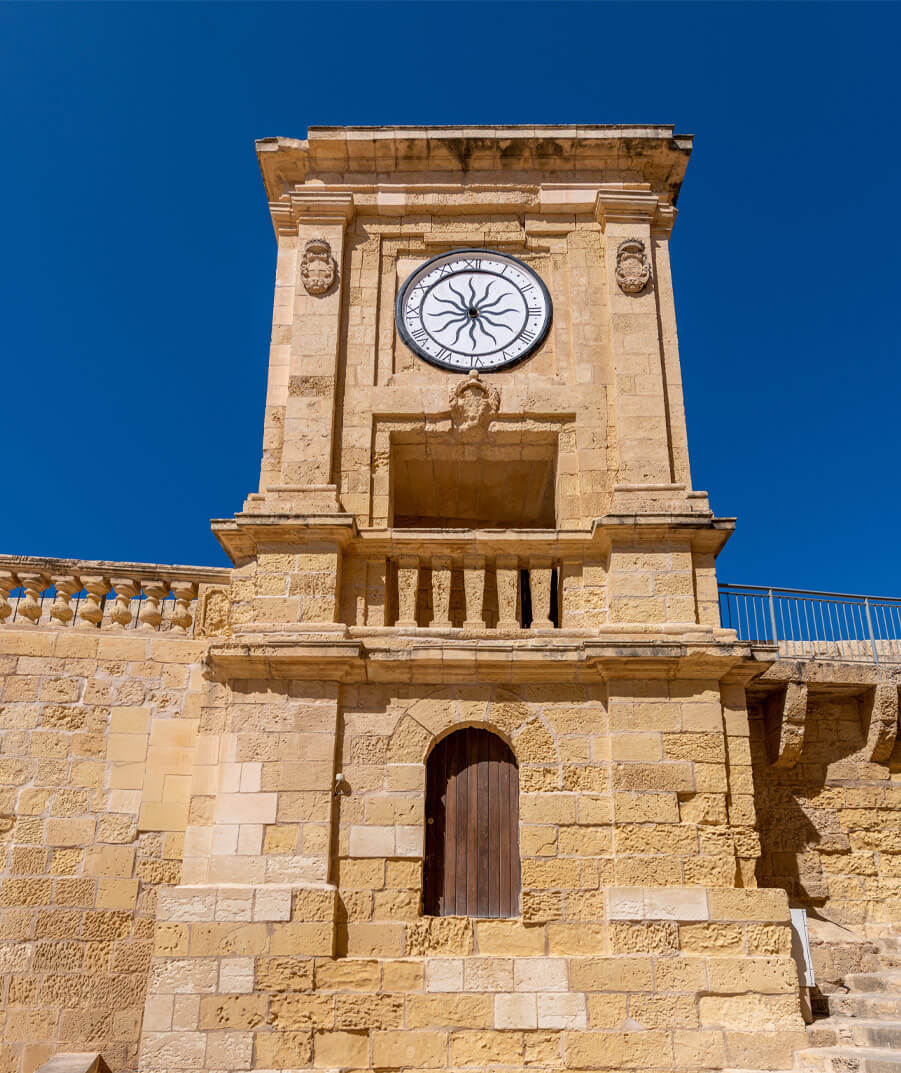
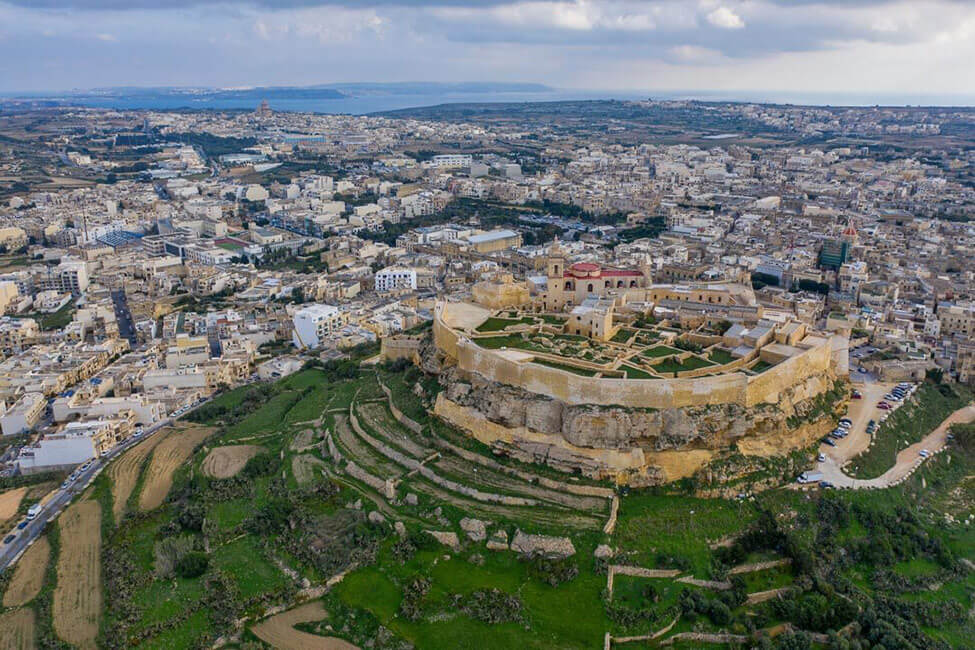
1551
L-Assedju t'Għawdex
The Siege of Gozo
Further reading


Awards
The Cittadella Project has been the largest project implemented in Gozo during the last years. It has won prestigious awards and has attracted overwhelming positive feedback. Recently, the Rehabilitation and Restoration project of Cittadella was declared as the WINNER of the 15th Anniversary Regiostars Awards. This is the first time an EU project carried out in Malta ever won such an award, making this achievement that much more momentous.
This post is also available in:
![]() Malti (Maltese)
Malti (Maltese)


